Decoding Agentic workflows in depth

The way we think about AI has changed a lot recently. We’ve moved from simple chatbots that give you one answer to something much more interesting: AI systems that can actually think through problems, make decisions, and handle complex tasks on their own.
These are called Agentic workflows, and they’re different from the automation tools we’ve been using for years. Instead of following a rigid set of rules, these AI Agents can adapt, learn, and figure out new ways to solve problems as they go.
What exactly are Agentic workflows?
Think of Agentic workflows as AI-powered processes where Agents can make decisions and take actions without someone constantly telling them what to do next. These systems can reason through problems, break them down into smaller pieces, and use different tools to get the job done.
The key difference from traditional automation is flexibility. Old-school robotic process automation (RPA) systems follow the same steps every time. If something unexpected happens, they break. Agentic workflows can adapt when things don’t go as planned.
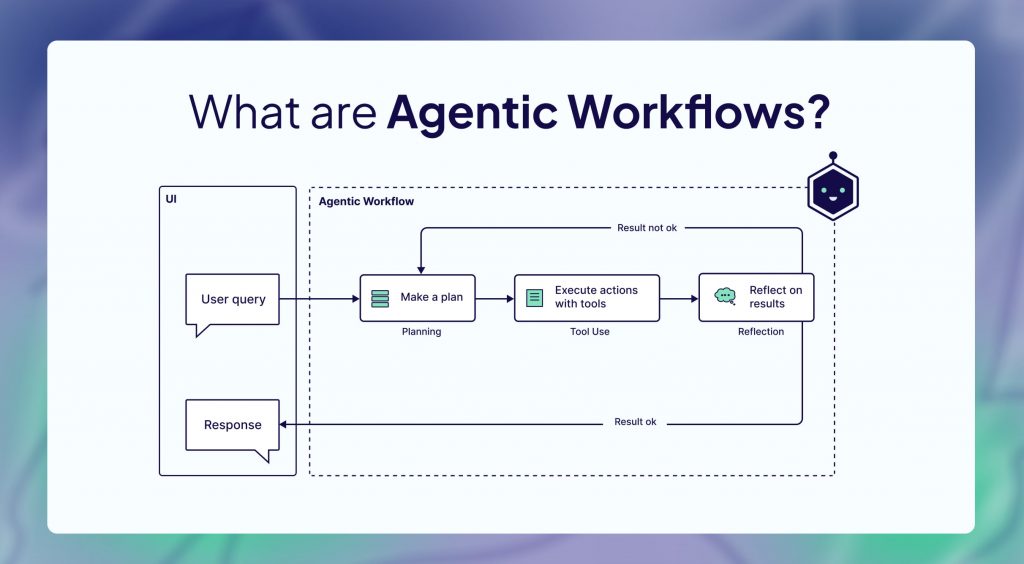
Credit: Weaviate
The building blocks of Agentic workflows
Large language models as the brain
Every Agentic workflow needs a large language model (LLM) as its core. This is what allows the system to understand natural language, process instructions, and communicate back in a way that makes sense. The quality of this model directly affects how well the whole workflow performs.
The four key patterns that make workflows work
AI researcher Andrew Ng identified four design patterns that show up in the most successful Agentic workflows:
Reflection: The Agent looks at its own work and asks “is this good enough?” Instead of just giving you the first answer it comes up with, it reviews and improves its output. Think of it like proofreading your own writing.
Tool use: Agents can access external tools like web searches, databases, calculators, or APIs. This massively expands what they can do beyond just generating text.
Planning: Complex tasks get broken down into smaller steps, just like a project manager would do. The Agent figures out what needs to happen first, second, and third to reach the goal.
Multi-Agent collaboration: Different Agents work together, each specializing in different areas. One might be good at research, another at analysis, and a third at writing reports.
Memory systems
For Agents to work effectively across multiple tasks, they need both short-term and long-term memory. Short-term memory handles the current conversation or task. Long-term memory stores knowledge that can be used later, like remembering what worked in similar situations before.
Feedback loops
Good Agentic workflows include ways for humans or other Agents to provide feedback. This helps the system learn and improve over time. Sometimes this is a human checking the work, other times it’s automated quality checks.
Smart prompting
The instructions you give to an AI Agent matter a lot. Good prompt engineering uses techniques like asking the Agent to think step-by-step, providing examples of good outputs, or telling it to double-check its work.
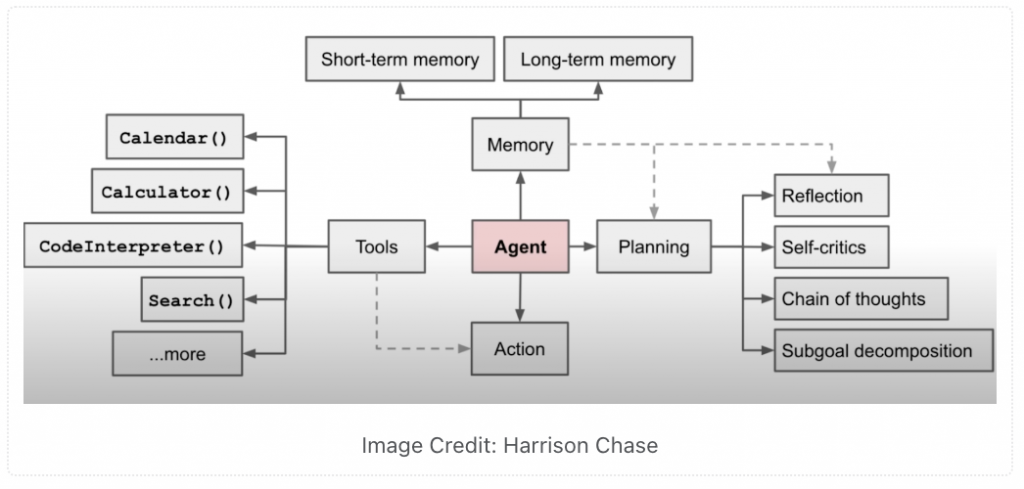
Business advantages
Companies using Agentic workflows report several key benefits:
- Faster completion of complex tasks
- Lower costs through automation
- Better decision-making with real-time data analysis
- 24/7 operation capability
- Continuous improvement as systems learn
How to actually implement this stuff
Start with an honest assessment
Before jumping in, evaluate whether your organization is ready. Do you have good data quality? Can your systems integrate with AI tools? Do you have people who understand the technology? Be realistic about your starting point.
Don’t start with “we need AI Agents.” Start with “we have this business problem that’s costing us time and money.” Then figure out if Agentic workflows can help solve it effectively.
Don’t start with “we need AI Agents.” Start with “we have this business problem that’s costing us time and money.” Then figure out if Agentic workflows can help solve it effectively.
Pick the right processes
Look for tasks that are repetitive, error-prone, or require analyzing lots of information. These are usually the best candidates for automation. Start with processes where mistakes won’t cause major problems while you’re learning.
You’ll need to connect agentic workflows to your existing systems. This often starts with getting your data organized and accessible.
The future of Agentic workflows
AI models are getting much better at breaking down complex problems and working through them step by step. This improved reasoning ability will make Agentic workflows more reliable and capable. While AI Agents are often considered to be completely autonomous, most AI Agents still need human intervention for complex workflows. As technology improves, we can get to Agents that function with complete autonomy with minimal human oversight
The bottom line
Agentic workflows represent a major shift in how we can use AI for complex business tasks. They’re not perfect yet, but they’re already showing significant benefits for organizations that implement them thoughtfully.
The key is to be realistic about current limitations while preparing for future improvements. Start with well-defined problems where you can measure success clearly. Build your capabilities gradually, and focus on augmenting human work rather than replacing it entirely.
As the technology continues to improve, organizations with experience in Agentic workflows will have a significant advantage. The companies that figure this out now will be the ones that thrive as AI becomes more capable and reliable.
A writer trying to make AI easy to understand.
- What exactly are Agentic workflows?
- The building blocks of Agentic workflows
- Large language models as the brain
- The four key patterns that make workflows work
- Memory systems
- Feedback loops
- Smart prompting
- Business advantages
- How to actually implement this stuff
- Start with an honest assessment
- Pick the right processes
- The future of Agentic workflows
- The bottom line


Build innovative AI Agents that deliver results
Get started for freeRecommended Reading: Check Out Our Favorite Blog Posts!
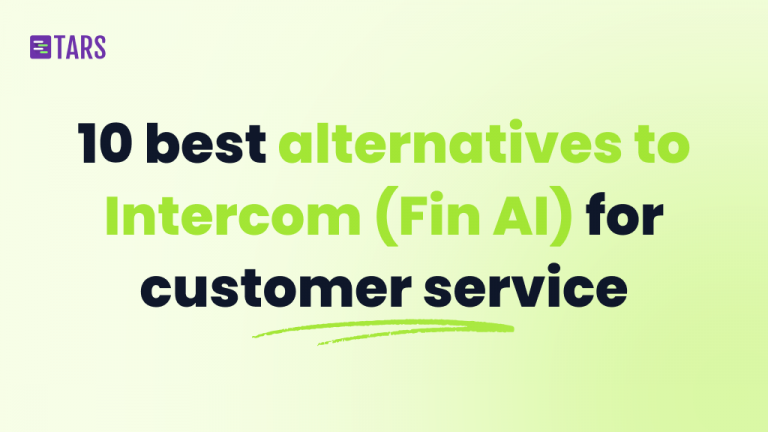
10 best alternatives to Intercom (Fin AI) for AI-powered customer service [2025]
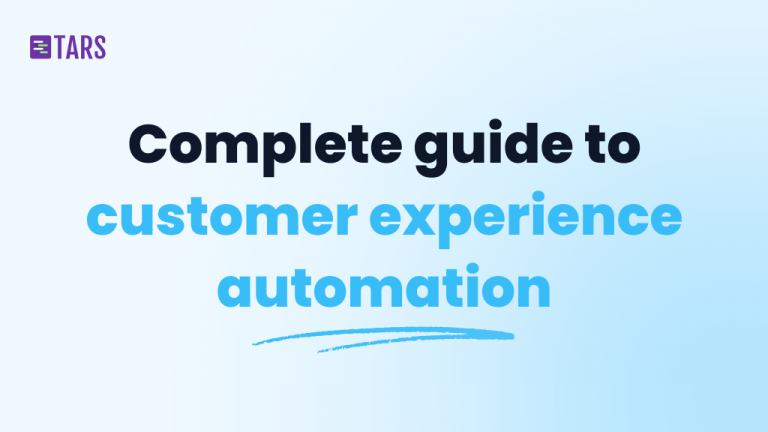
Customer experience automation: The complete guide to CXA in 2025
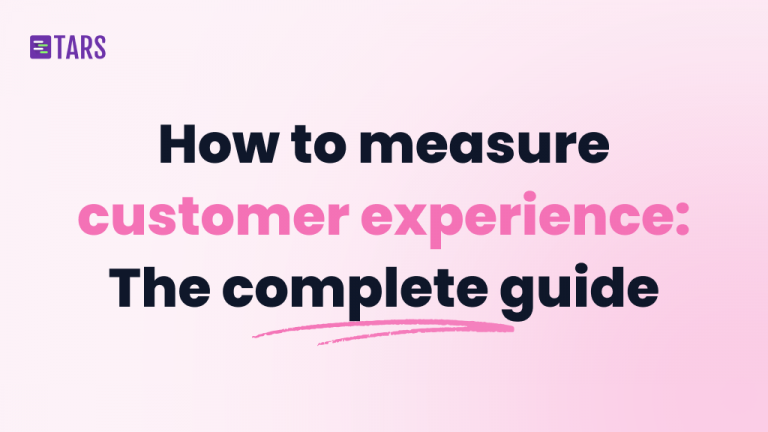
How to measure customer experience: The complete guide for AI-powered support and growth

Our journey in a few numbers
With Tars you can build Conversational AI Agents that truly understand your needs and create intelligent conversations.
years in the conversational AI space
global brands have worked with us
customer conversations automated
countries with deployed AI Agents



